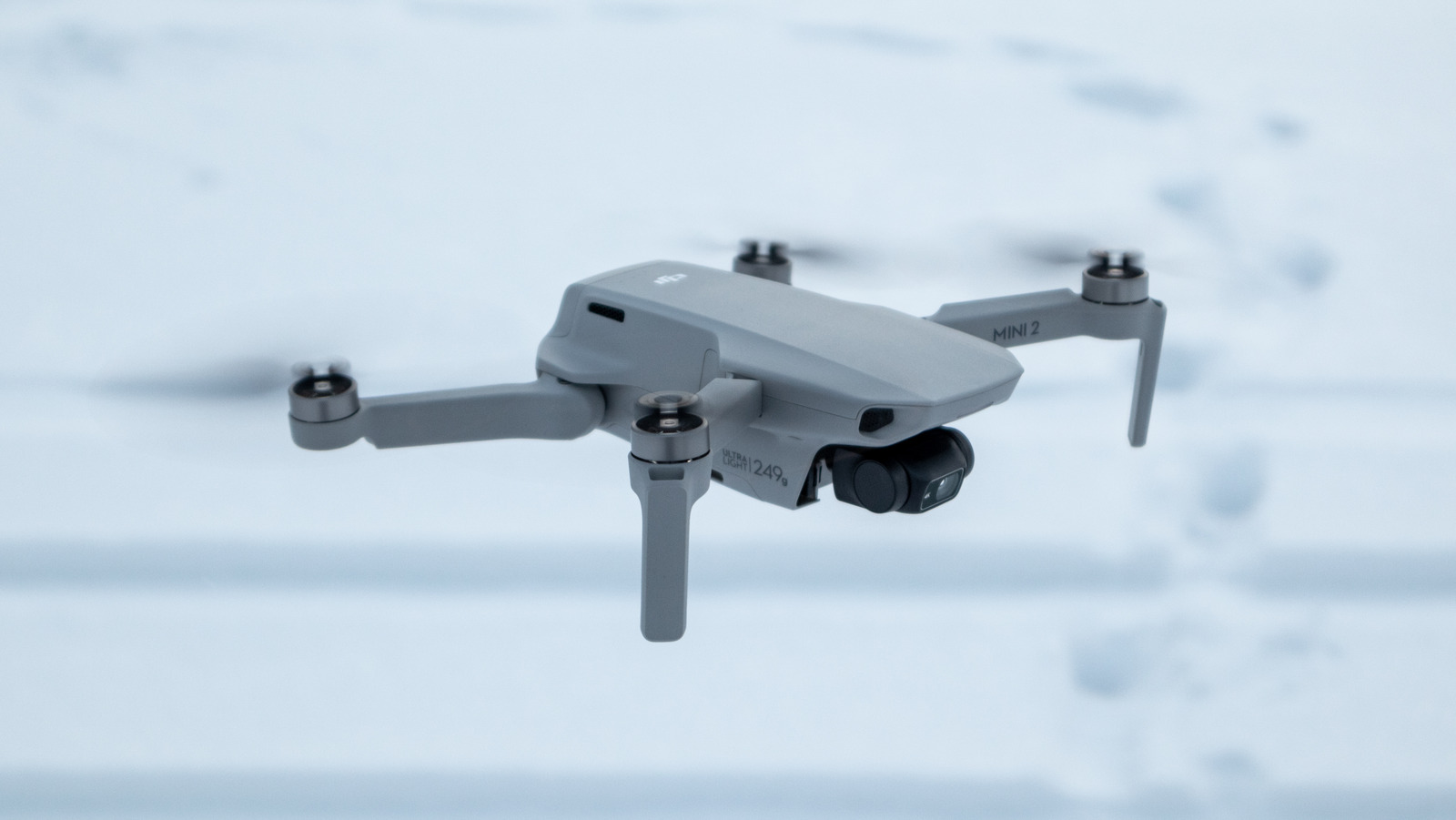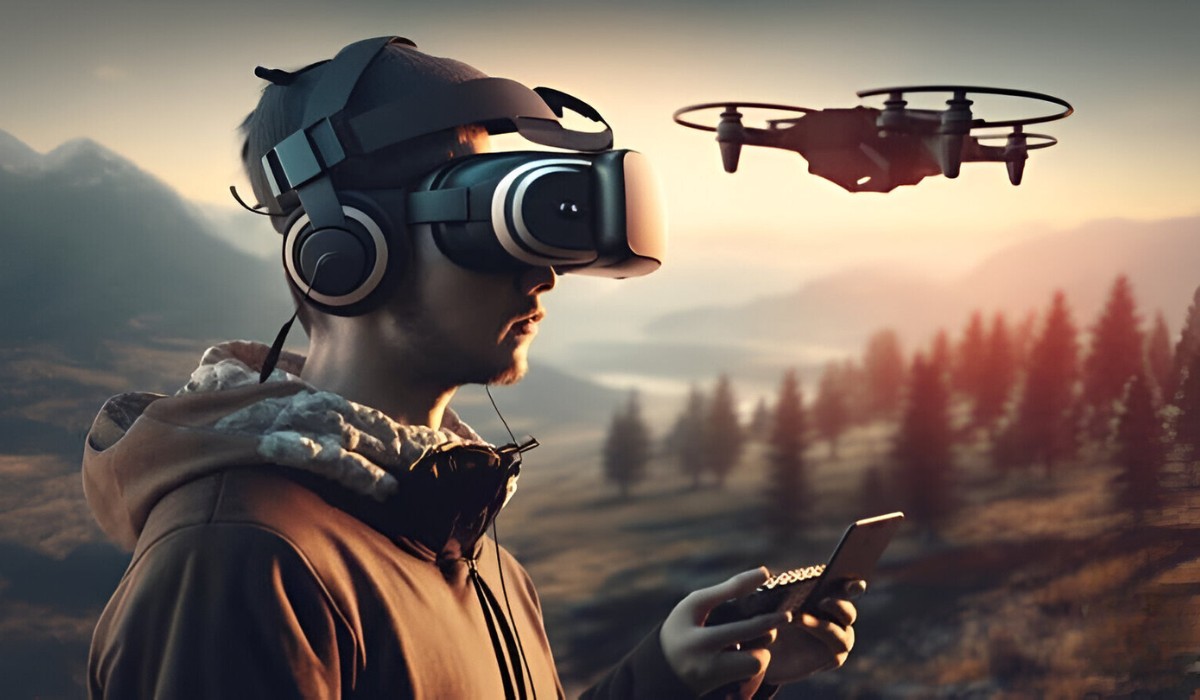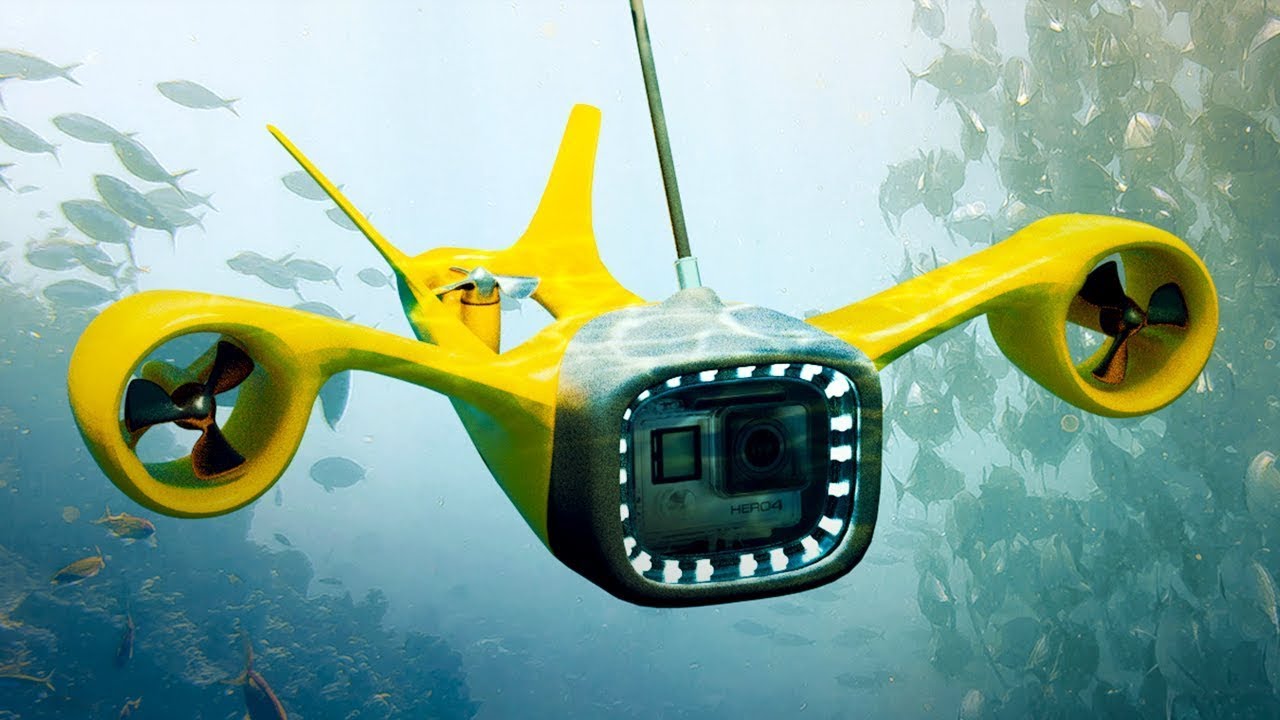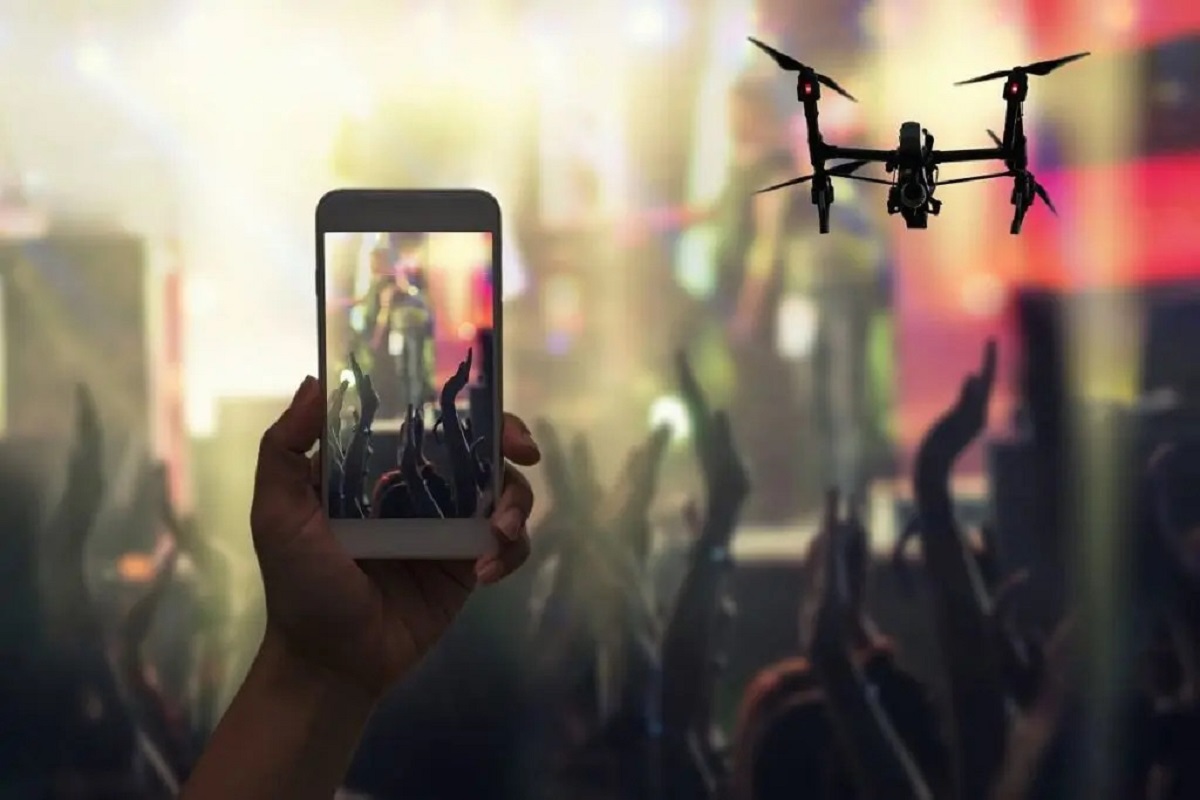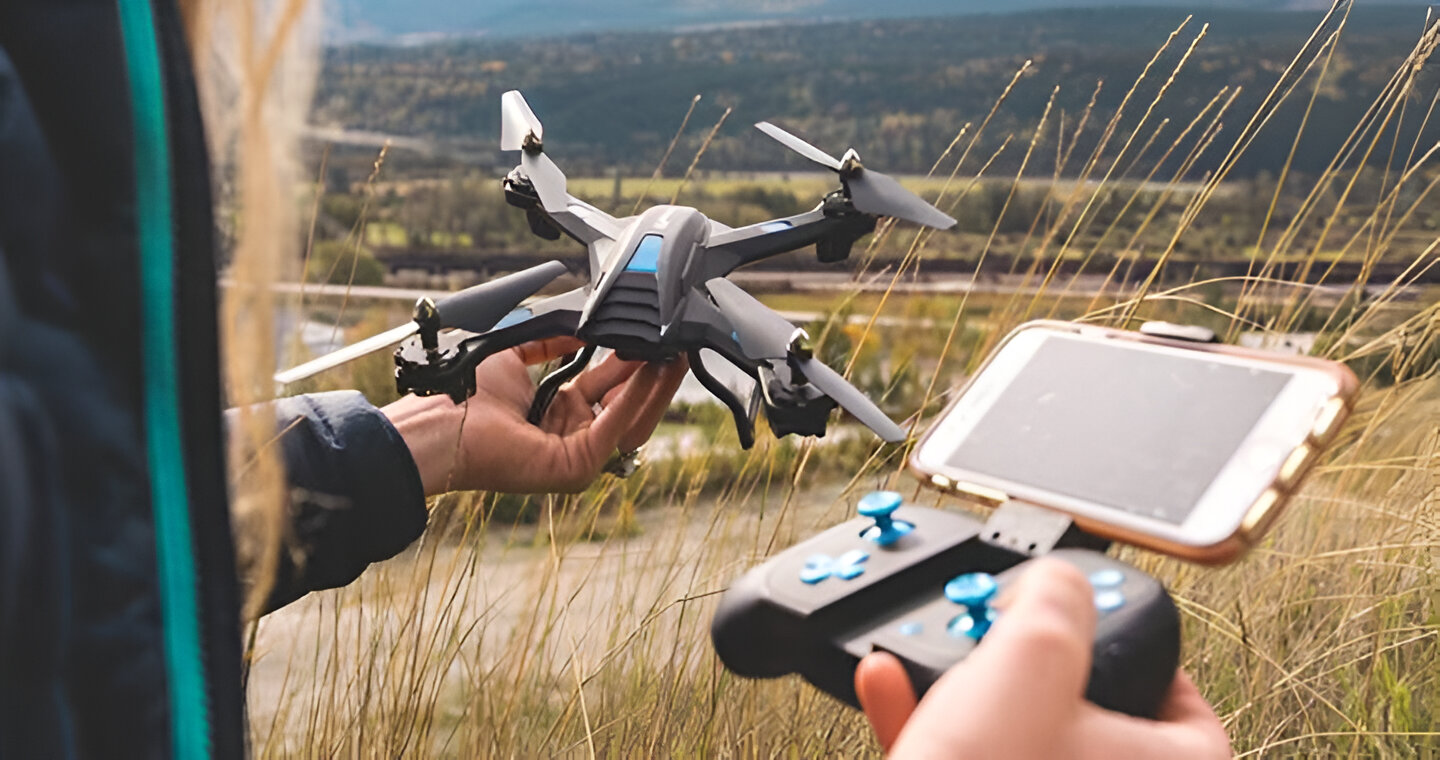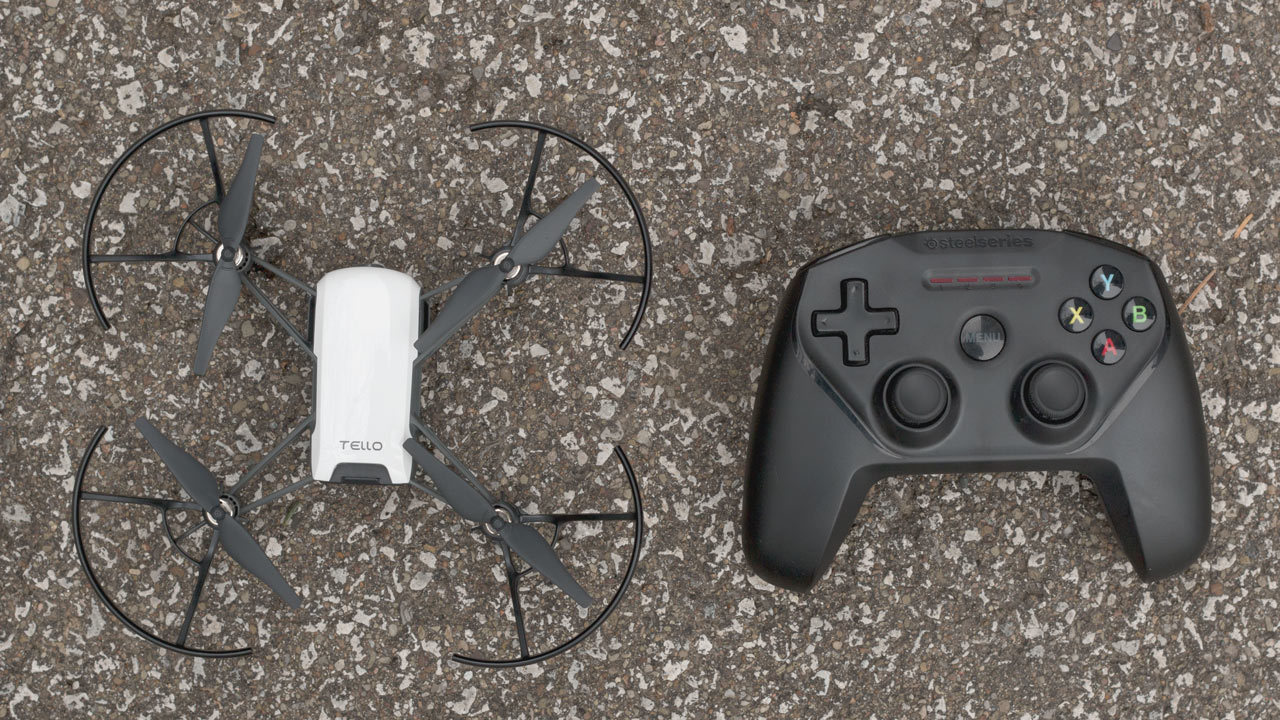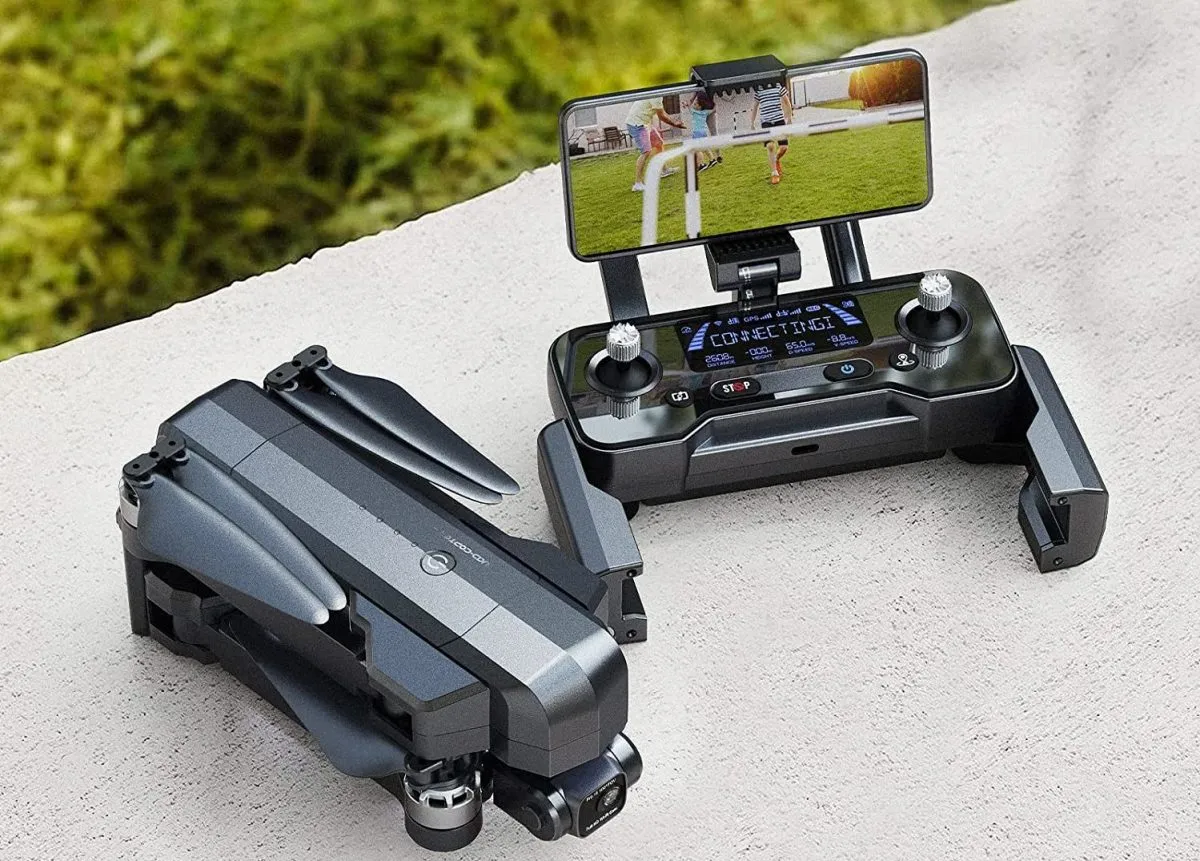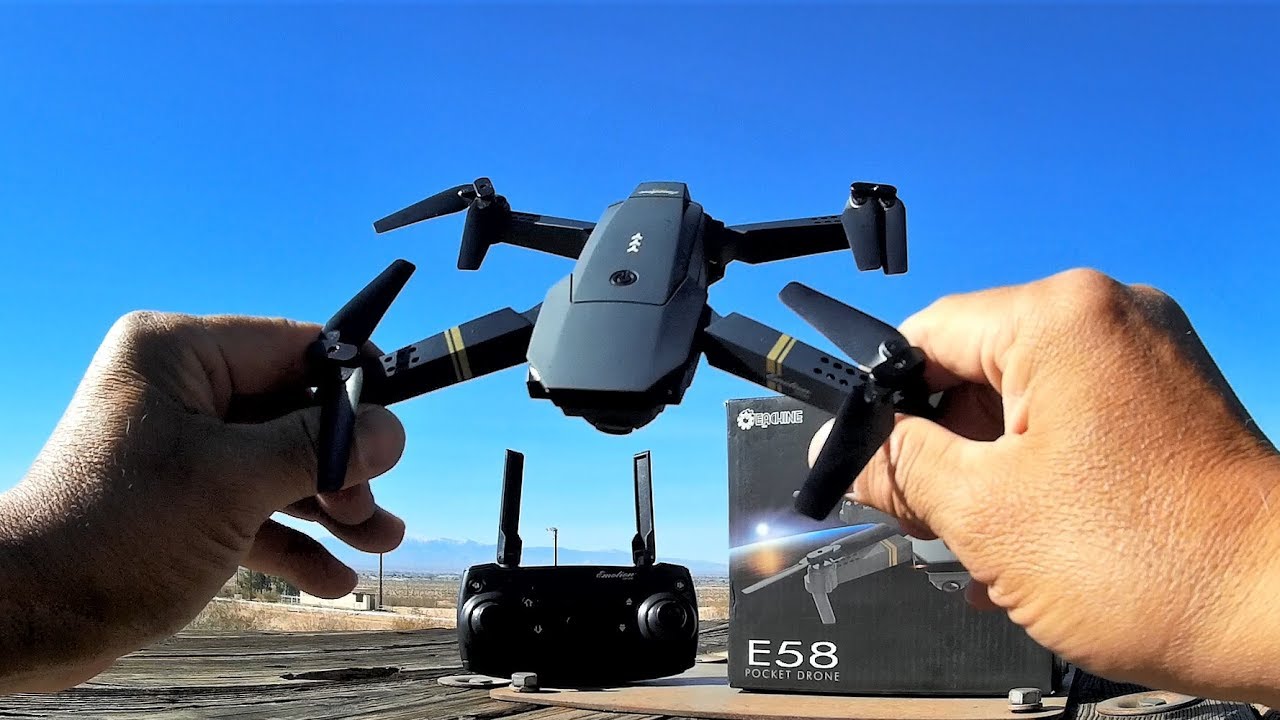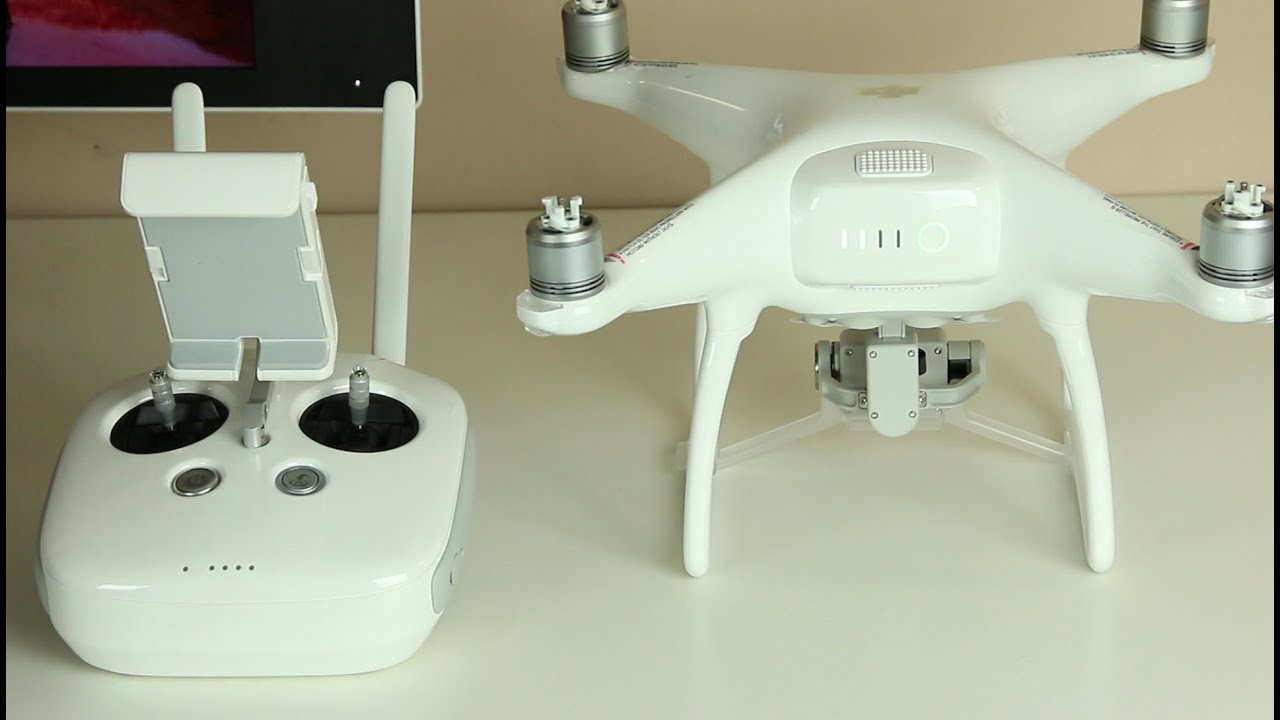Introduction
Camera drones have revolutionized the way we capture breathtaking aerial footage and explore the world from a unique perspective. However, one common challenge that drone enthusiasts encounter is the need for a stable Wi-Fi connection to view the live feed from the drone’s camera. While Wi-Fi connectivity is convenient, there are situations where it may not be readily available, such as in remote areas or during outdoor adventures. Fortunately, there are alternative methods to view through a camera drone without relying on Wi-Fi, allowing drone pilots to enjoy uninterrupted aerial exploration and photography.
In this article, we will explore various techniques that enable drone operators to view the live feed from their camera drones without the need for Wi-Fi connectivity. Whether using a remote controller, a smartphone with offline mode, or an SD card, these methods offer flexibility and convenience, ensuring that drone enthusiasts can capture stunning visuals and navigate their drones with ease, regardless of their location or Wi-Fi availability.
Using a Remote Controller
Many camera drones come equipped with a dedicated remote controller that enables users to operate the drone and view the live camera feed without relying on Wi-Fi connectivity. The remote controller establishes a direct connection with the drone, allowing for real-time video transmission and control.
When using a remote controller to view through a camera drone without Wi-Fi, it’s essential to ensure that the controller is properly paired with the drone. Once the connection is established, users can access the live feed directly on the controller’s built-in screen or through a compatible mobile device connected to the controller. This method provides a reliable and seamless way to monitor the drone’s camera feed, making it ideal for outdoor activities, aerial photography, and professional drone operations.
Additionally, some advanced remote controllers feature integrated displays that offer clear and detailed live video streaming, providing users with a comprehensive view of the drone’s surroundings. This feature is particularly beneficial for precise navigation, capturing stunning aerial footage, and maintaining situational awareness while piloting the drone.
Overall, using a remote controller to view through a camera drone without Wi-Fi connectivity offers a straightforward and dependable solution for accessing the live camera feed, making it an essential tool for drone pilots seeking uninterrupted aerial visibility and control.
Using a Smartphone with Offline Mode
For drone pilots who prefer using their smartphones to view the live feed from their camera drones, the offline mode feature provides a convenient alternative when Wi-Fi connectivity is unavailable. Many drone control apps offer offline mode functionality, allowing users to access the live camera feed directly on their smartphones without relying on a Wi-Fi connection.
When utilizing a smartphone with offline mode to view through a camera drone, it’s important to download the necessary maps and data for the drone’s operational area prior to the flight. This ensures that the live video feed can be accessed and displayed on the smartphone’s screen without the need for continuous Wi-Fi connectivity. Additionally, some drone control apps offer the option to cache live video footage locally on the smartphone, enabling users to review the captured footage even when offline.
Furthermore, smartphones with high-resolution displays and advanced graphics capabilities can provide a compelling viewing experience, allowing drone pilots to immerse themselves in the aerial perspective and capture stunning visuals with precision. The offline mode feature enhances the versatility of smartphone-based drone control, making it a practical choice for outdoor adventures, aerial photography, and recreational drone flying.
By leveraging the offline mode functionality on smartphones, drone enthusiasts can enjoy seamless access to the live camera feed from their drones, empowering them to capture captivating aerial imagery and navigate their drones with confidence, regardless of Wi-Fi availability.
Using an SD Card
When Wi-Fi connectivity is not accessible, utilizing an SD card to store and later view the footage captured by a camera drone offers a practical solution for drone pilots. Most camera drones are equipped with onboard SD card slots, allowing users to record high-quality video and images directly onto the removable storage media during flights.
After completing a drone flight, drone operators can remove the SD card from the drone and insert it into a compatible device, such as a computer or a smartphone with an SD card reader, to access the recorded footage. This method eliminates the need for real-time video transmission and Wi-Fi connectivity, providing a convenient way to review and share the captured aerial imagery at a later time.
Furthermore, modern camera drones often support the option to record footage simultaneously to both the onboard SD card and a connected device, such as a smartphone or tablet. This redundancy ensures that even in the absence of Wi-Fi connectivity, the footage is securely saved on the SD card, offering peace of mind to drone pilots during their aerial missions.
Additionally, some advanced camera drones feature the capability to stream low-resolution proxy footage directly to a connected device while simultaneously recording high-definition footage onto the SD card. This allows pilots to maintain visual awareness of the drone’s surroundings while capturing high-fidelity footage for later review, providing a versatile solution for scenarios where Wi-Fi connectivity is limited or unavailable.
By leveraging the functionality of SD cards, drone pilots can effectively store and access the recorded footage from their camera drones without relying on Wi-Fi connectivity, ensuring that their aerial adventures and professional operations are not hindered by network limitations.
Conclusion
As technology continues to advance, the methods for viewing through a camera drone without Wi-Fi connectivity have evolved, providing drone pilots with versatile options to access live video feeds and recorded footage in various scenarios. Whether relying on a remote controller, utilizing a smartphone with offline mode, or leveraging an SD card, these approaches offer flexibility and convenience, ensuring that drone operations and aerial photography can proceed seamlessly, regardless of Wi-Fi availability.
Each method presents distinct advantages, catering to the diverse needs and preferences of drone enthusiasts. Using a remote controller provides a direct and reliable connection to the drone, offering real-time video transmission and precise control. Smartphone offline mode functionality enhances the portability and accessibility of live video feeds, enabling drone pilots to navigate their drones and capture stunning aerial imagery with ease. Meanwhile, the utilization of SD cards offers a practical and secure means of recording and accessing footage, ensuring that the captured visuals can be reviewed and shared at a later time without the constraints of Wi-Fi connectivity.
By understanding and harnessing these alternative methods, drone pilots can confidently embark on aerial missions, explore remote locations, and capture breathtaking perspectives, knowing that they can view through their camera drones without being reliant on Wi-Fi. As the capabilities of camera drones continue to expand, these methods empower users to unleash their creativity and immerse themselves in the art of aerial photography and videography, transcending the limitations of traditional connectivity requirements.
In essence, the ability to view through a camera drone without Wi-Fi connectivity exemplifies the adaptability and resilience of drone technology, enabling enthusiasts and professionals alike to embrace the freedom of aerial exploration and visual storytelling, unencumbered by the constraints of network dependencies.







